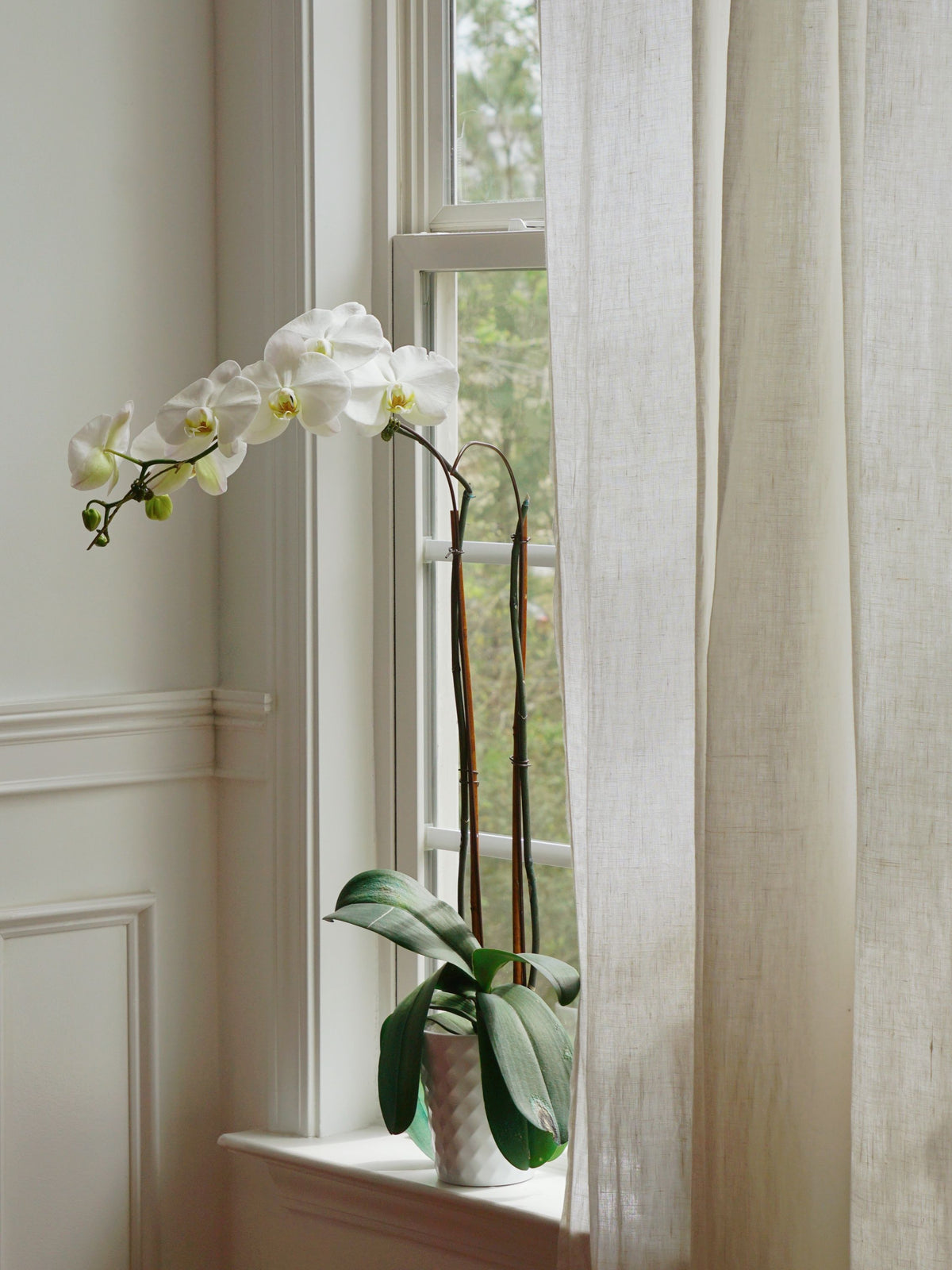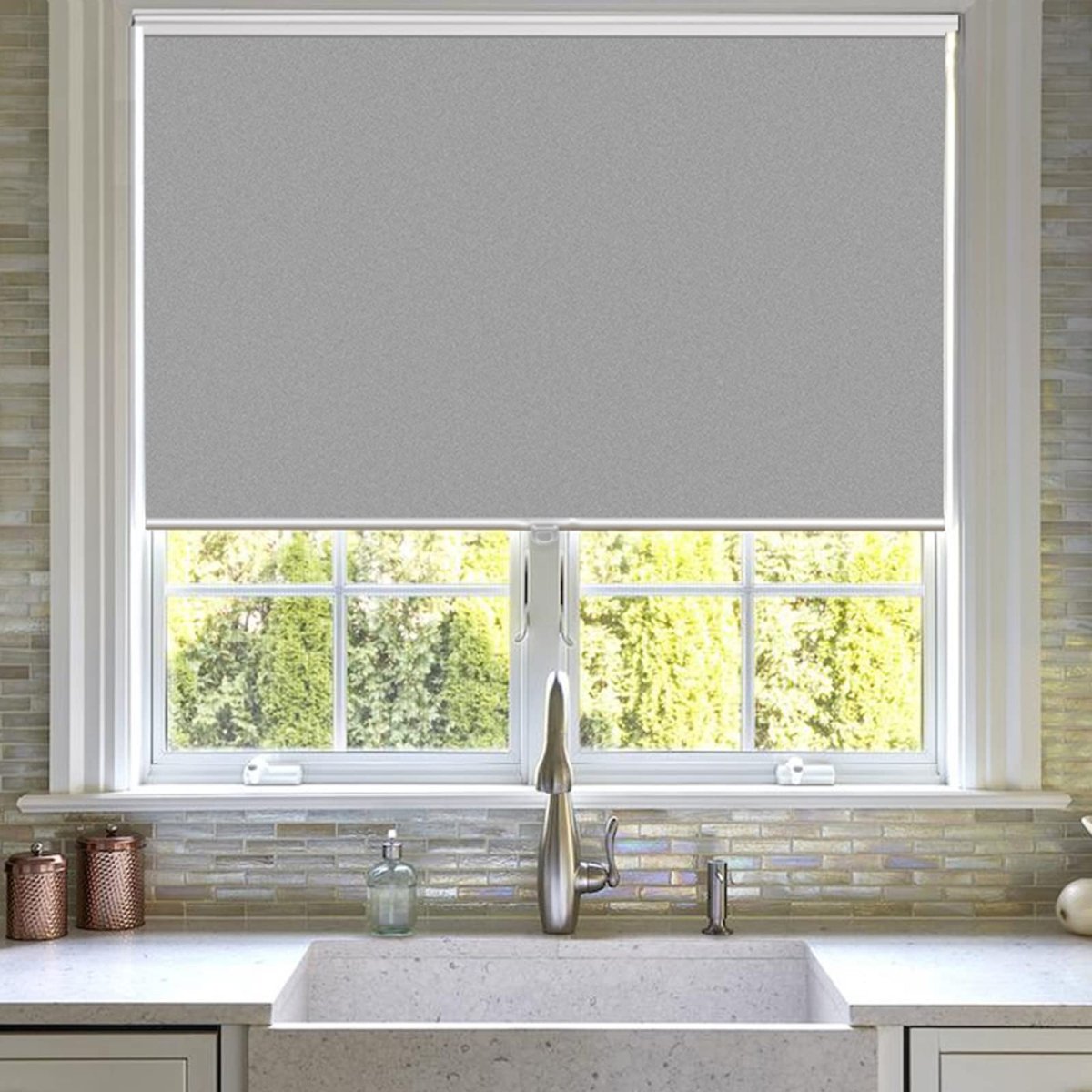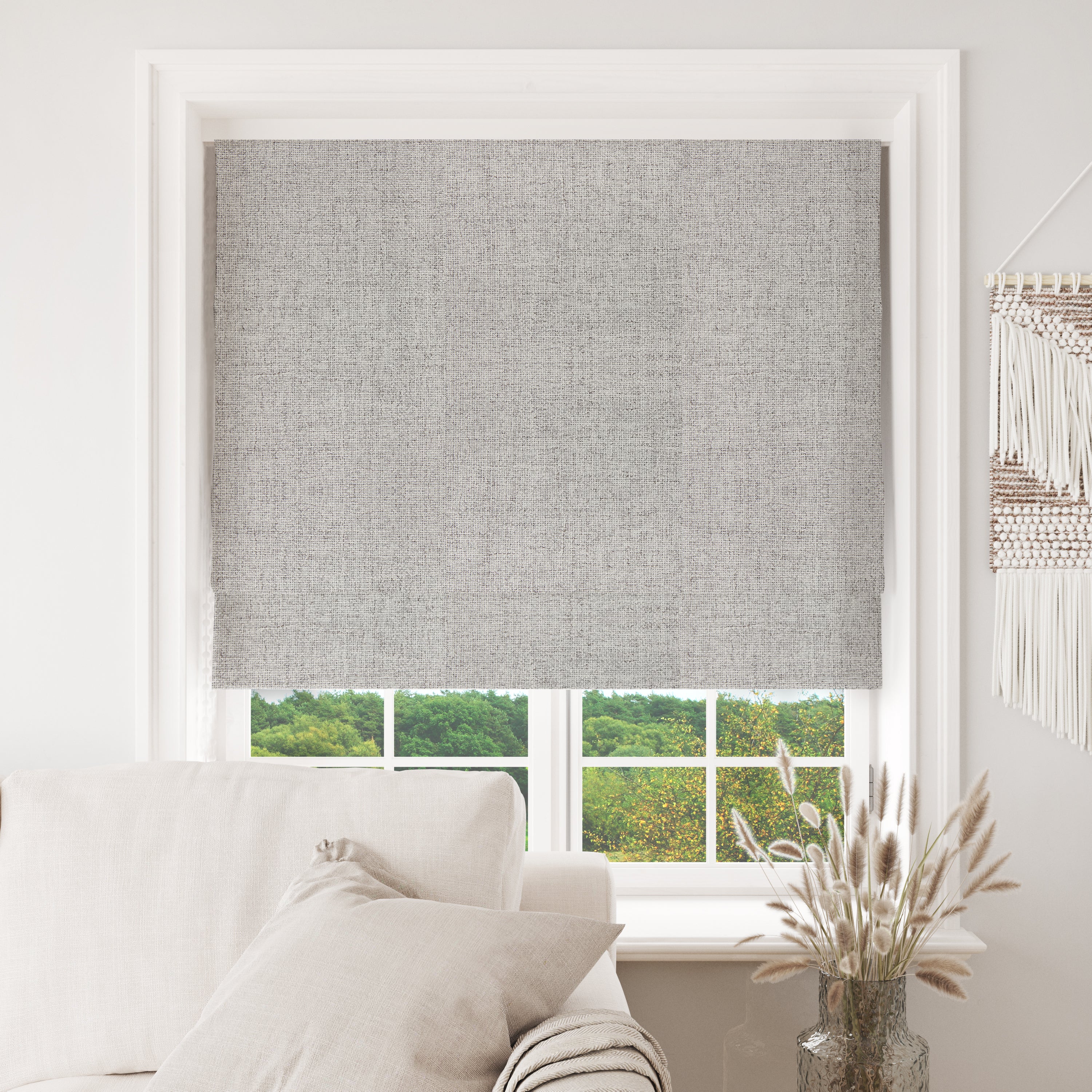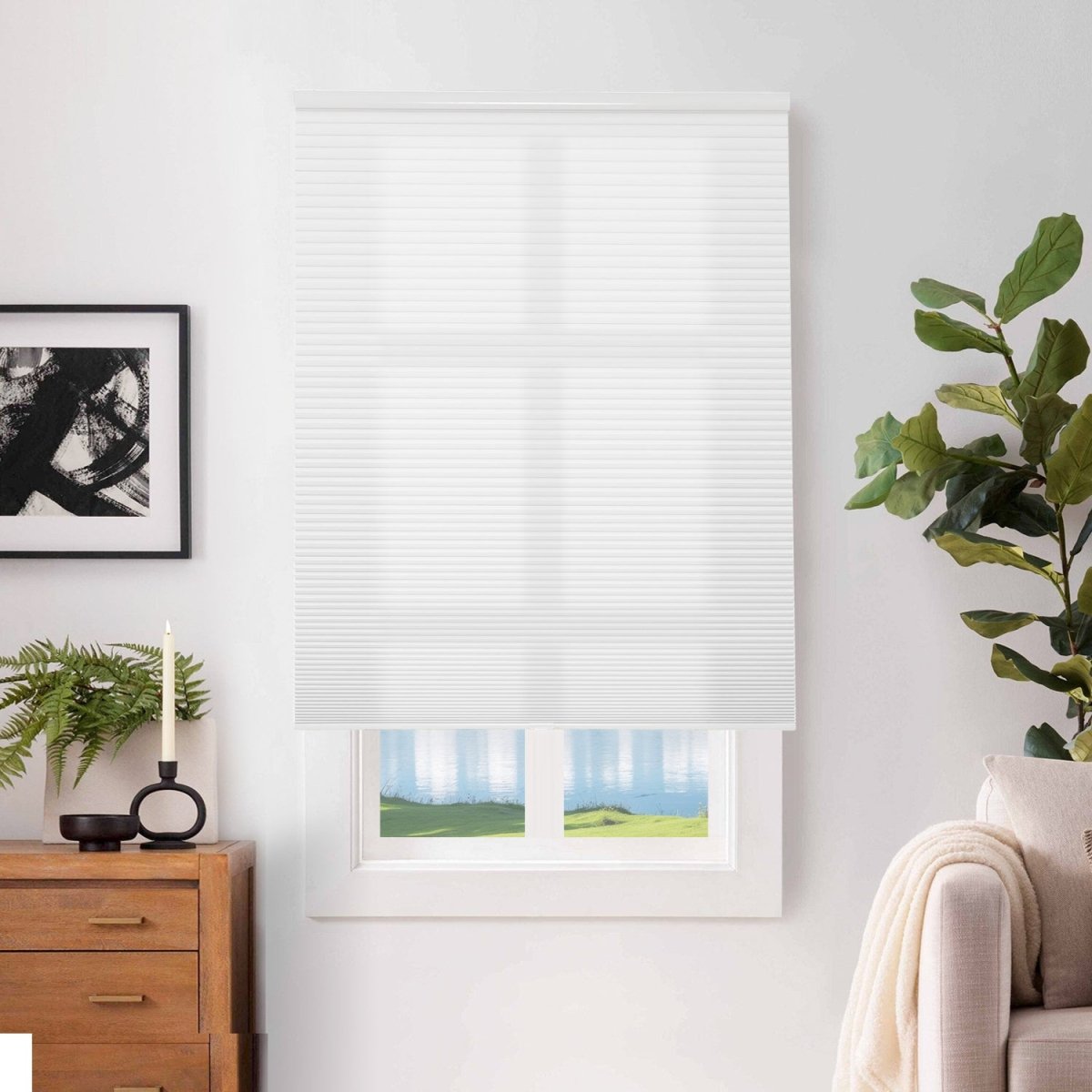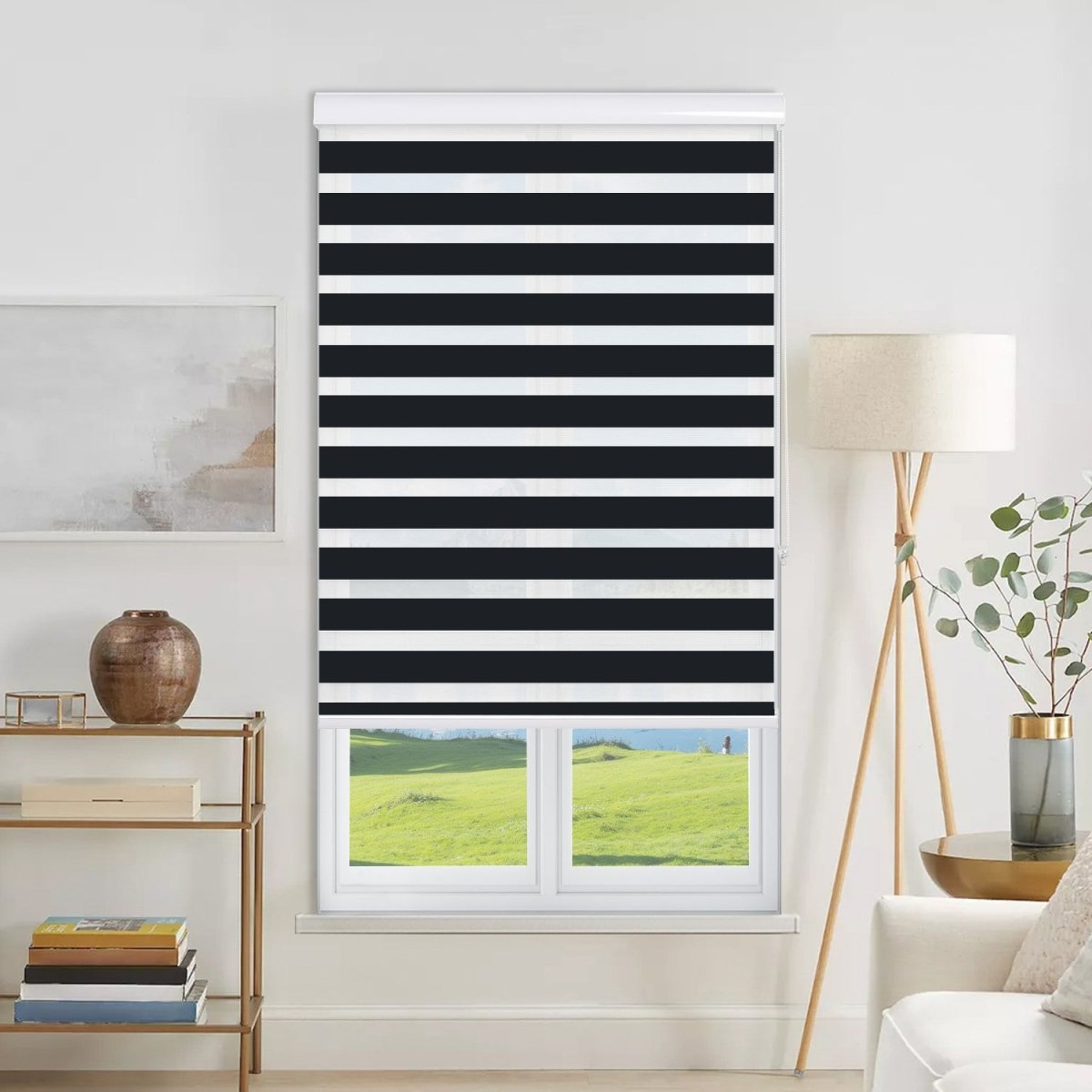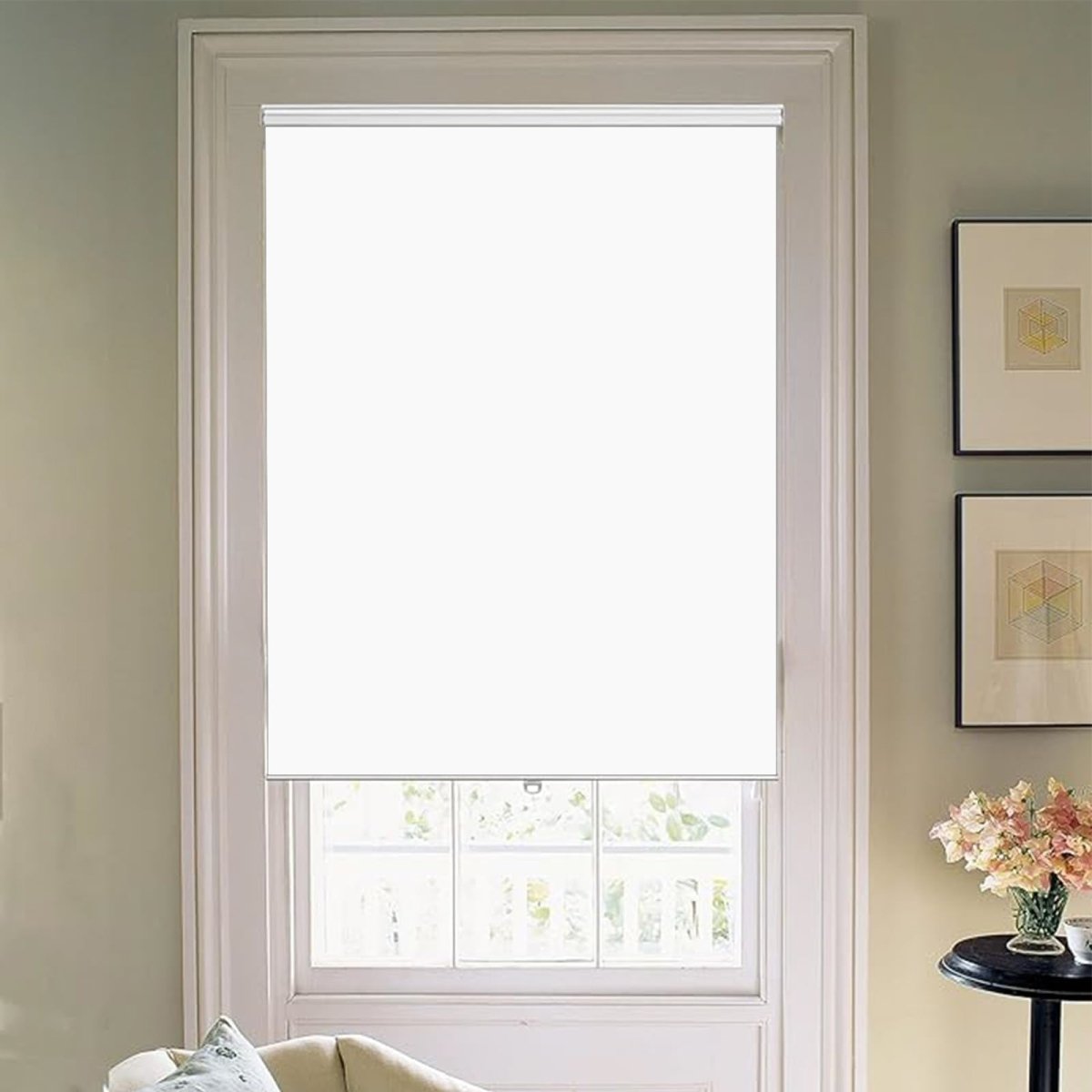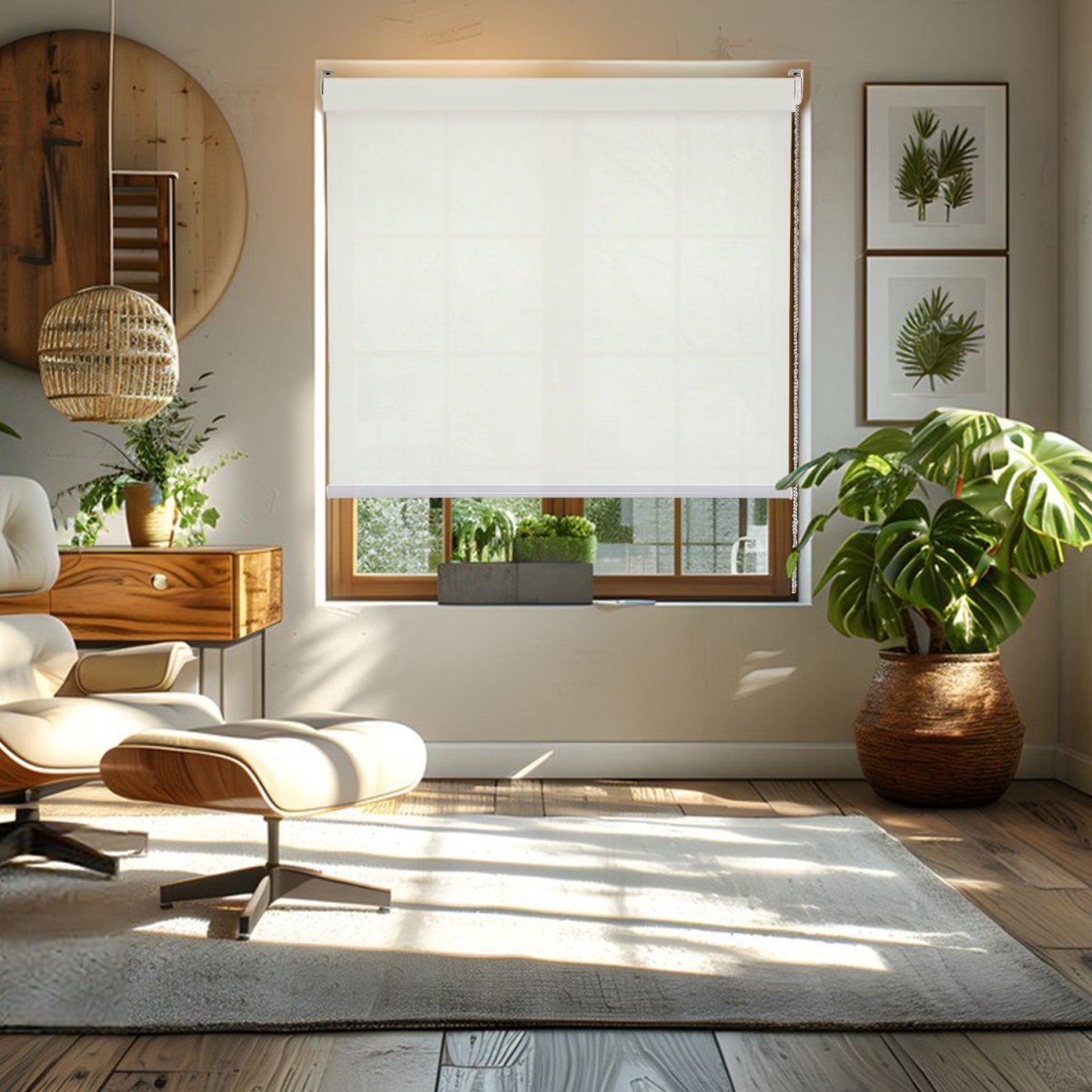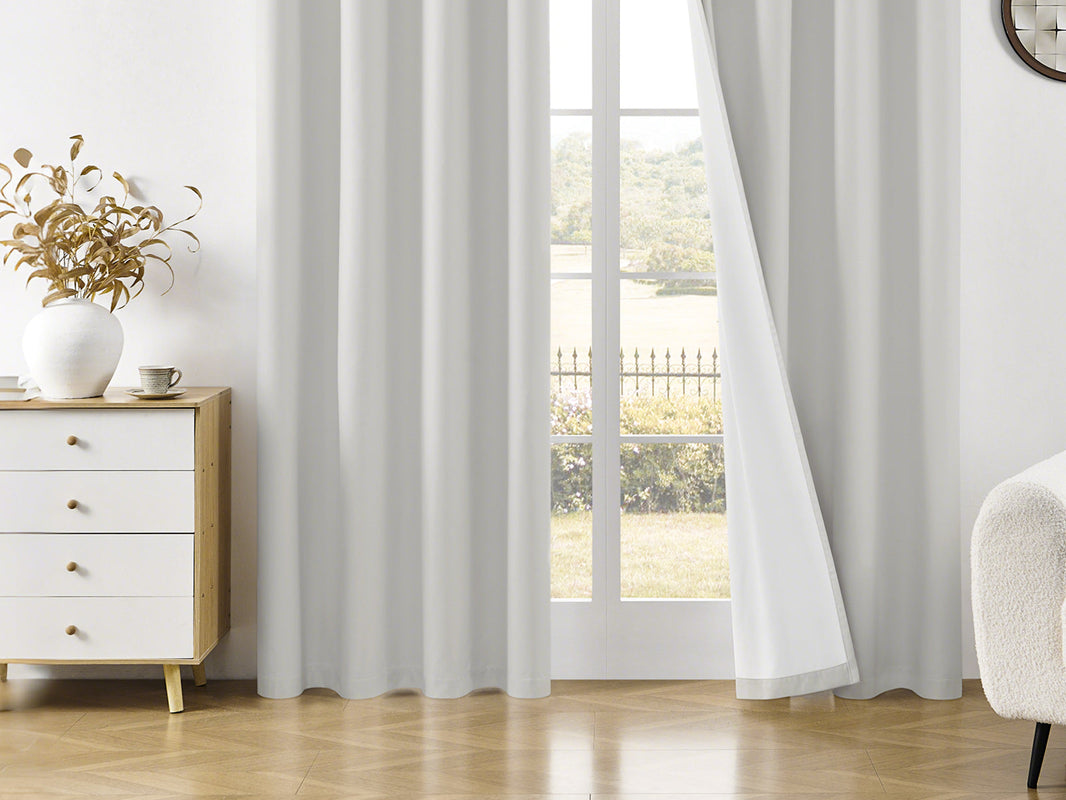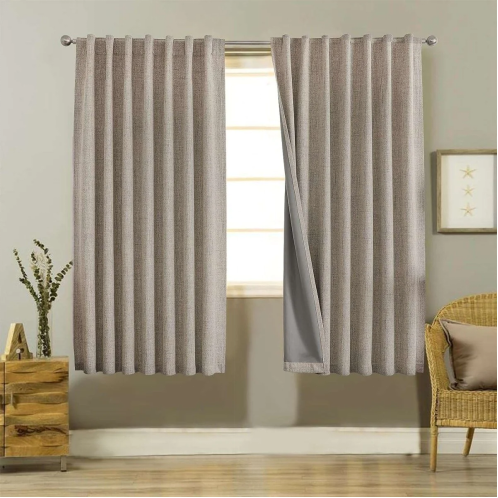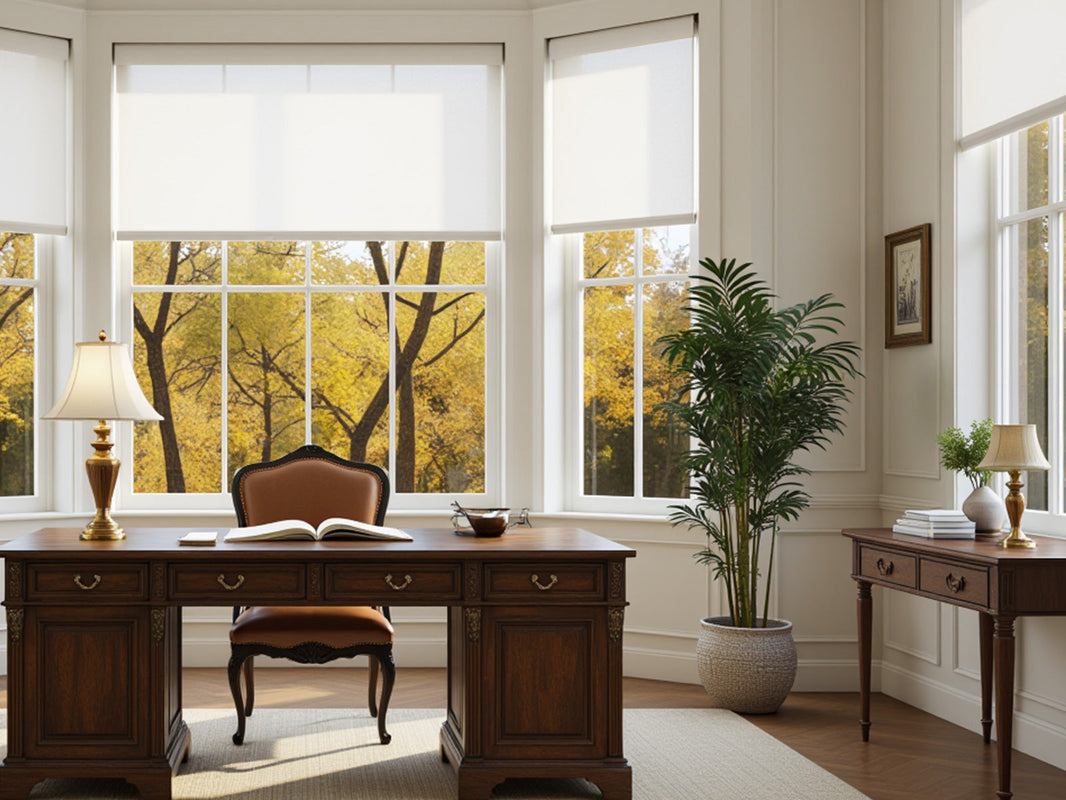Choosing the right curtains can transform a room from drab to fab in an instant. As an interior design enthusiast, I've learned that picking curtains isn't just about style - it's about creating the perfect ambiance for each space in your home. Whether you're looking to spruce up your living room or add a cozy touch to your bedroom, the right window treatments can make all the difference.
In this article, we'll dive into the world of curtains and explore how to pick the perfect ones for every room. We'll cover everything from selecting the best curtain fabric to choosing colors that complement your decor. I'll also share tips on determining the ideal length and style for your windows, as well as advice on curtain hardware and installation. By the end, you'll have all the knowledge you need to choose curtains that not only look great but also serve their purpose, whether it's blocking light, providing privacy, or adding a touch of elegance to your space.
Choosing the Right Fabric
When it comes to how to pick curtains, selecting the right fabric is crucial. The material you choose can transform your space, affecting light levels, privacy, and even energy efficiency. Let's explore the different options and their characteristics to help you make the best choice for your home.
Natural vs. Synthetic Fabrics

Natural fabrics like cotton, linen, and silk offer a soft feel and breathable texture, keeping your room cool in warm weather. They're great for creating a cozy, inviting atmosphere in your living room or bedroom. Cotton, for instance, is versatile, durable, and easy to maintain, making it perfect for a casual or minimalist look. Linen has a natural, airy texture that adds sophistication to any room, while silk brings a touch of luxury.
On the other hand, synthetic fabrics like polyester and rayon are more affordable and often easier to care for. Polyester is wrinkle and fade-resistant, making it a practical choice for everyday use. Rayon can mimic the feel of natural fabrics like silk or linen but at a lower cost. These synthetic options are great for custom curtains or if you're on a budget.
Light Filtering Properties

The fabric you choose plays a big role in how much light enters your room. Light filtering curtains, made from thinner, loosely woven fabrics, allow soft, natural light to penetrate while still providing some privacy. These are ideal for living rooms or dining areas where you want to create a warm, inviting atmosphere.
For bedrooms or home theaters where darkness is desired, blackout curtains are a must-have. Made from heavy fabrics like velvet or specially designed blackout materials, these curtains block out light completely and also help reduce noise. They're perfect for ensuring a good night's sleep or creating the right ambiance for movie nights.
Durability and Maintenance

When choosing curtain fabric, consider how long you want them to last and how much care you're willing to put into maintaining them. Some fabrics, like polyester, are highly durable and resist fading, making them great for rooms with lots of sunlight. They're also often machine washable, which is a big plus for easy maintenance.
Natural fabrics like silk and linen, while beautiful, may require more care. Silk is susceptible to sun damage and often needs dry cleaning. Linen can wrinkle easily and may need ironing after washing. Cotton is generally easy to care for but may shrink if not washed properly.
For high-traffic areas or homes with children and pets, consider stain-resistant fabrics or those that are easy to clean. Thermal curtains can be a great choice for energy efficiency, helping to keep your room cool in summer and warm in winter.
Remember, the right fabric for your curtains depends on your specific needs and the style of your room. Consider factors like light control, privacy, maintenance, and of course, your personal taste when making your selection. With the right choice, your curtains can be both functional and a beautiful addition to your home decor.
Selecting Colors and Patterns
When it comes to how to pick curtains, choosing the right colors and patterns can transform your living space. Let's explore some key considerations to help you make the best choice for your home.
Complementing Room Decor

To create a cohesive look, it's crucial to coordinate your curtain colors with other elements in the room. Consider the color of your walls, furniture, and existing decor. For a harmonious feel, you might want to match your curtains to large area rugs, throw pillows, or artwork. If you have beige walls and dark blue furniture, for instance, curtains in shades of orange like marigold or bronze can help balance the room.
When selecting patterns, think about the overall style of your decor. For a classic look, opt for timeless designs like checks, plaid, or stripes. If you're feeling bold, try florals or geometric prints. Remember, if your sofa is a solid color or has subtle textures, patterned curtains can add a fun touch and keep the room's esthetic interesting.
Light Considerations

The amount of natural light in your room plays a significant role in curtain selection. For rooms that receive ample sunlight, light-colored curtains can help create a bright, airy atmosphere. They're also less prone to fading from sun exposure. However, if you need to control light for better sleep or to create a cozy ambiance, consider thermal curtains or blackout curtains.
Keep in mind that the color of your curtains can affect the quality of light in the room. Yellow curtains, for example, can cast a warm glow, while blue curtains might create a cooler atmosphere. If you want to maintain a neutral light, white or cream curtains are excellent options.
Creating Visual Interest

Curtains offer a great opportunity to add personality to your space. If you want your windows to be the focal point of the room, choose eye-catching curtains with bold patterns or colors. On the other hand, if you prefer your curtains to play a supporting role, opt for colors similar to your walls.
Don't be afraid to mix and match patterns and textures. For instance, you could pair a solid-colored sofa with patterned curtains to inject some personality into your space. Just remember to keep the scale in mind – if you have a large pattern on your rug, choose curtains with a smaller or medium pattern to create balance.
Lastly, consider the mood you want to create in the room. Warm colors like red, orange, and yellow can energize a space, making them great for living rooms or dining areas. Cool colors like green, blue, and purple tend to be more calming, perfect for bedrooms or relaxation areas.
By carefully considering these factors, you'll be well on your way to selecting curtains that not only look great but also enhance the overall atmosphere of your home.
Determining Curtain Length and Style
When learning how to pick curtains, one of the most crucial decisions is determining the right length and style. The length of your curtains can dramatically impact the overall look and feel of your room. Let's explore some key considerations to help you make the best choice for your home.
Floor-Length vs. Short Curtains

Floor-length curtains are a classic choice that can add elegance and sophistication to any room. They typically range from 84 to 96 inches long, just kissing the floor or puddling slightly for a luxurious look. These curtains are ideal for formal spaces like living rooms or dining areas, as they create a sense of height and grandeur.
On the other hand, short curtains, also known as cafe curtains, offer a more casual and relaxed vibe. They usually hang just below the window sill or to the bottom of the window frame. Short curtains are perfect for kitchens, bathrooms, or any space where you want to let in more light while maintaining some privacy.
When deciding between floor-length and short curtains, consider the function of the room and your personal style preferences. Floor-length curtains are great for bedrooms where you might want blackout or thermal curtains for better sleep, while short curtains work well in spaces where you need easy access to windows or radiators.
Heading Styles

The heading style of your curtains can significantly impact their overall appearance and how they hang. Some popular curtain heading styles include:
- Pinch Pleat: A classic, formal look with evenly spaced pleats at the top.
- Grommet or Eyelet: Modern and sleek, with metal rings that slide directly onto the curtain rod.
- Rod Pocket: A simple, casual style where the curtain slips onto the rod through a sewn-in pocket.
- Tab Top: Fabric loops that create a relaxed, country-chic look.
- Triple Pleat: Have three folds are stitched together at the top.
Pinch Pleat vs Triple Pleat
Pinch pleat is a general term for curtains with stitched, gathered folds at the top, which can include single, double, or triple pleats, offering a tailored yet versatile look. A triple pleat (or three-finger pinch pleat) is a specific type of pinch pleat with three tightly stitched folds per pleat, creating a more structured, formal, and fuller appearance, often used in traditional or luxurious settings. While all triple pleats are pinch pleats, not all pinch pleats are triple—so the choice depends on whether you prefer a softer gathered effect (standard pinch pleat) or a more defined, elegant drape (triple pleat). Both styles work well with hooks or rings on traverse rods.
Each heading style offers a different esthetic and functionality. For example, grommet curtains are easy to open and close, making them ideal for frequently used windows. Pinch pleat curtains, on the other hand, offer a more traditional and elegant appearance, perfect for formal living rooms.
Layering Options
Layering curtains is a great way to add depth, texture, and versatility to your window treatments. You can combine different types of curtains for both style and function. For instance, pairing sheer curtains with heavier drapes allows you to control light and privacy while creating a luxurious look.
Consider layering thermal or blackout curtains behind decorative panels in bedrooms or home theaters. This combination provides excellent light control and insulation while maintaining a stylish appearance. In living rooms, you might layer sheer curtains under patterned or solid panels to create visual interest and flexibility in light control.
When choosing curtains for your home, remember that the right length and style can transform your space. Whether you opt for floor-length custom curtains or casual cafe-style window treatments, the key is to balance functionality with your personal esthetic preferences.
Curtain Hardware and Installation
When it comes to how to pick curtains, choosing the right hardware and installing them correctly is crucial. I'll guide you through the process, starting with selecting the appropriate rod types and finials.
Rod Types and Finials
The type of rod you choose can significantly impact the overall look of your curtains. For living rooms, I often recommend decorative rods with stylish finials. These can add a touch of elegance to your window treatments. If you're going for a more modern look, consider sleek metal rods with minimalist endcaps.
For bedrooms, where you might want blackout or thermal curtains, I suggest using sturdier rods that can support the extra weight. Double rods are a great option if you want to layer your curtains, allowing you to combine sheer panels with heavier drapes for versatility.
Finials are the decorative ends of your curtain rods. They come in various styles, from classic ball shapes to more ornate designs. When choosing finials, consider the overall style of your room. For a traditional space, wooden finials with intricate carvings can add a luxurious touch. In a contemporary setting, simple metal finials can provide a clean, streamlined look.
Proper Measurements
Taking accurate measurements is key to achieving the perfect curtain look. I always start by measuring the width of the window, then add an extra 8-12 inches on each side. This allows the curtains to be drawn back fully, maximizing natural light when open.
For height, I recommend mounting the rod about 4-6 inches above the window frame. This creates the illusion of taller windows and adds a sense of grandeur to the room. If you're dealing with low ceilings, you can even mount the rod closer to the ceiling to create a heightened effect.
When measuring for custom curtains, be sure to account for the type of header you're using. For example, if you're using rings, you'll need to factor in the drop from the rod to the top of the curtain.
Professional vs. DIY Installation
While DIY installation can be a cost-effective option, there are times when professional help is worth considering. If you're dealing with unusually large windows, bay windows, or if you're installing motorized curtains, I'd recommend hiring a pro. They have the expertise to handle complex installations and ensure everything is perfectly level.
For standard windows, DIY installation can be manageable. You'll need a drill, level, screwdriver, and possibly a stud finder. Always make sure to use wall anchors if you can't drill into a stud, especially for heavier curtains.
Remember, proper installation is crucial for both functionality and esthetics. Poorly installed curtains can look sloppy and may not operate smoothly. Whether you choose DIY or professional installation, taking the time to do it right will make a world of difference in how your curtains look and function.
Conclusion
Picking the right curtains has a significant impact on the look and feel of your home. From choosing fabrics that match your needs to selecting colors that complement your decor, every decision plays a role in creating the perfect ambiance. The length and style of your curtains, along with proper hardware and installation, are key to achieving a polished look that ties your room together.
In the end, the process of choosing curtains is about balancing function with style. By considering factors like light control, privacy needs, and your personal taste, you can select window treatments that not only look great but also serve their purpose effectively. With these tips in mind, you're now ready to transform your space with curtains that reflect your unique style and meet your practical needs.
FAQs
How should I coordinate curtains with my room's decor?
To harmonize curtains with your room, consider choosing a color that complements your wall color. You can opt for curtains in a neutral tone that matches various wall colors for flexibility, or select a vibrant pattern or color to create a striking contrast with your walls.
Should the color of the curtains be lighter or darker compared to my couch?
If you have a dark-colored sofa, you can either choose curtains in a similarly dark shade to maintain a cozy ambiance or pick a lighter color to brighten the room. Conversely, if your sofa is light, you might select curtains in a light shade to enhance the room's airy feel or choose a darker color for a striking contrast.
What factors should I consider when selecting curtains?
When choosing curtains, start by selecting the appropriate fabric type as each has distinct advantages and uses. Consider the color, pattern, and weave of the fabric based on your personal taste and the room's requirements. Additionally, think about the lining options and the specific room where the curtains will be placed.
Is it advisable to use the same curtains throughout every room?
There is no universal rule for using the same curtains in every room. The decision should be based on your personal style, the individual needs of each room, and the overall esthetic you wish to achieve in your home.

